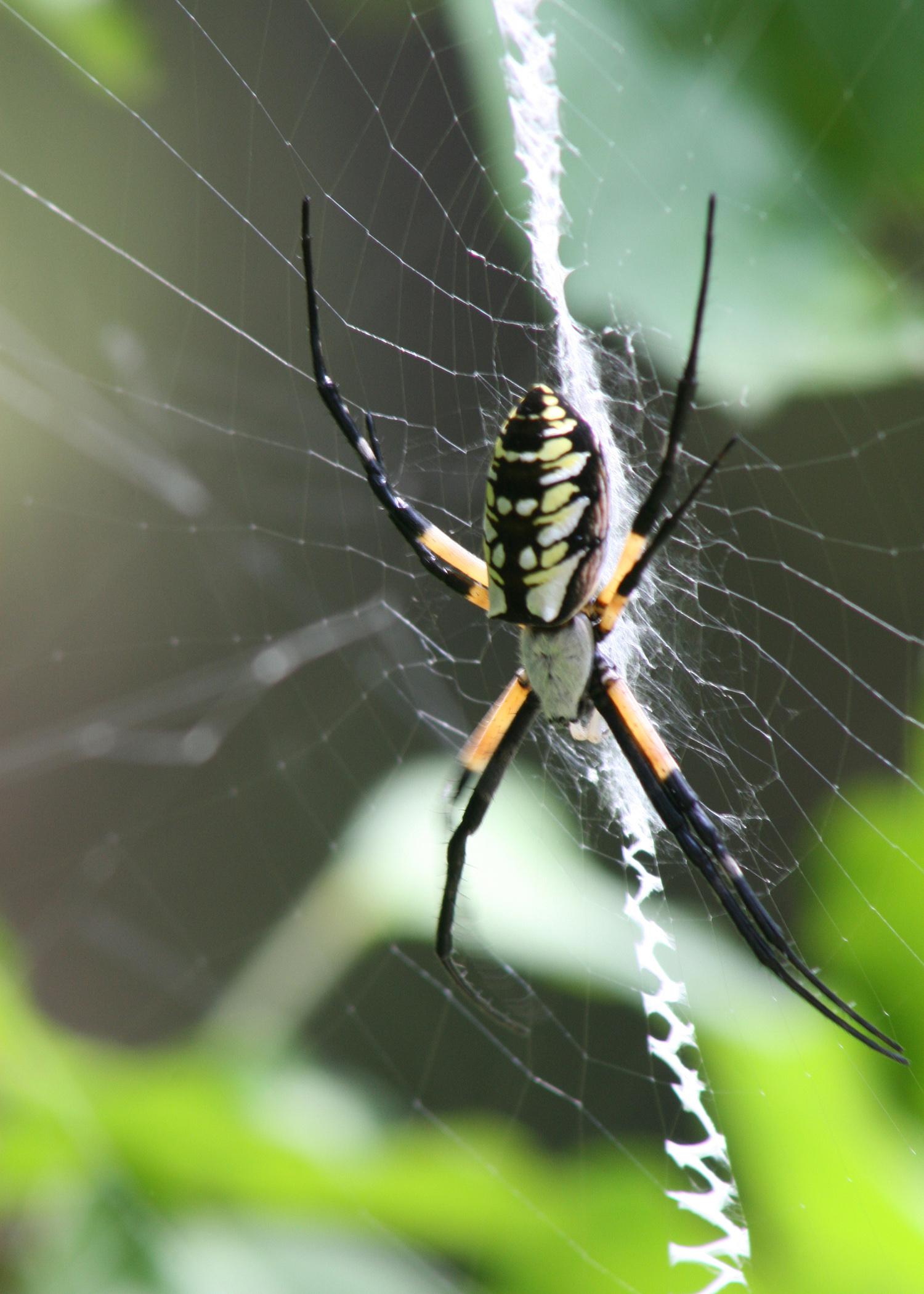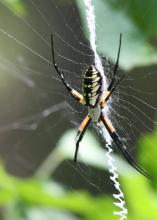Information Possibly Outdated
The information presented on this page was originally released on April 11, 2013. It may not be outdated, but please search our site for more current information. If you plan to quote or reference this information in a publication, please check with the Extension specialist or author before proceeding.
Garden critters add interest to landscapes
MISSISSIPPI STATE – Well-established and thriving gardens tend to have a mix of plant and animal life, adding interest for gardeners but not as much natural pest control as many people think.
Blake Layton, entomologist with the Mississippi State University Extension Service, said many people enjoy garden fauna such as toads, frogs and lizards, and some even enjoy bats and snakes.
“Like most birds and butterflies, they are miniature wildlife that does little or no harm while adding interest,” Layton said. “But while it is true that all of these small vertebrates are predators and that insects are one of the main components of their diets, it is not true that they provide any great benefit in helping control pest insects.”
That is because the insects that cause the most damage to gardens and landscapes are either too small to be of interest to these relatively large predators or they are not the major prey of these garden critters.
“When I look through the list of important pests for vegetable and ornamental plants, I do not see many insect pests that these vertebrate predators would help control,” Layton said.
In years past, many of the commonly used insecticides were deadly to the small vertebrates in gardens, but many of those acutely toxic chemicals have been replaced by products less dangerous to land-dwelling vertebrates.
“String trimmers and lawn mowers are probably more detrimental to toads and snakes than most of the insecticides used today, as long as they are properly applied, and house cats are probably the biggest threat to lizards,” Layton said.
Although these vertebrate predators provide relatively little biological pest control, there are hundreds of desirable garden critters that do. The animals that are most effective in providing pest control in gardens and landscapes are tiny wasps, mites, flies and other parasitic and predatory insects that are usually so small or inconspicuous they are not noticed.
“Larger insects like praying mantids and most spiders have more in common with toads and lizards in terms of the pest control they provide,” Layton said. “They do eat a lot of insects, but most of the insects they eat are not important garden pests.”
There are many things gardeners can do to protect or encourage these beneficial insects and mites. Extension Service publications offer tips and strategies on how to encourage beneficial insects and discourage pests in the landscape and gardens.
So while toads, frogs, lizards and bats may not earn their reputation as garden police, many people still enjoy having some of these creatures in their gardens.
Gary Bachman, Extension horticulturist and garden expert based at MSU’s Coastal Research and Extension Center in Biloxi, said many gardeners encourage these garden animals to hang around for their enjoyment.
“Toads are great garden residents,” Bachman said. “You can make a toad home by using a broken old clay pot. Make an opening about 2 inches by 2 inches at the top, and then turn the pot upside down on the ground. Bury a saucer as deep as the lip to serve as a water dish.”
Bachman said toads drink through their skin so will get into the saucer for water. Mosquitoes in this situation are not a problem as the toads will consume any larvae that hatch.
While some gardeners take steps to encourage these friendly vertebrates to settle into their gardens, Bachman warned that the welcome mat appeals to more than just the desirable critters.
“Rats, snakes and more can make their homes in well-managed gardens, so be aware when you are out working in yours,” Bachman said.
Find Extension Publication P2483, Integrated Pest Management in the Home Landscape for more information.





